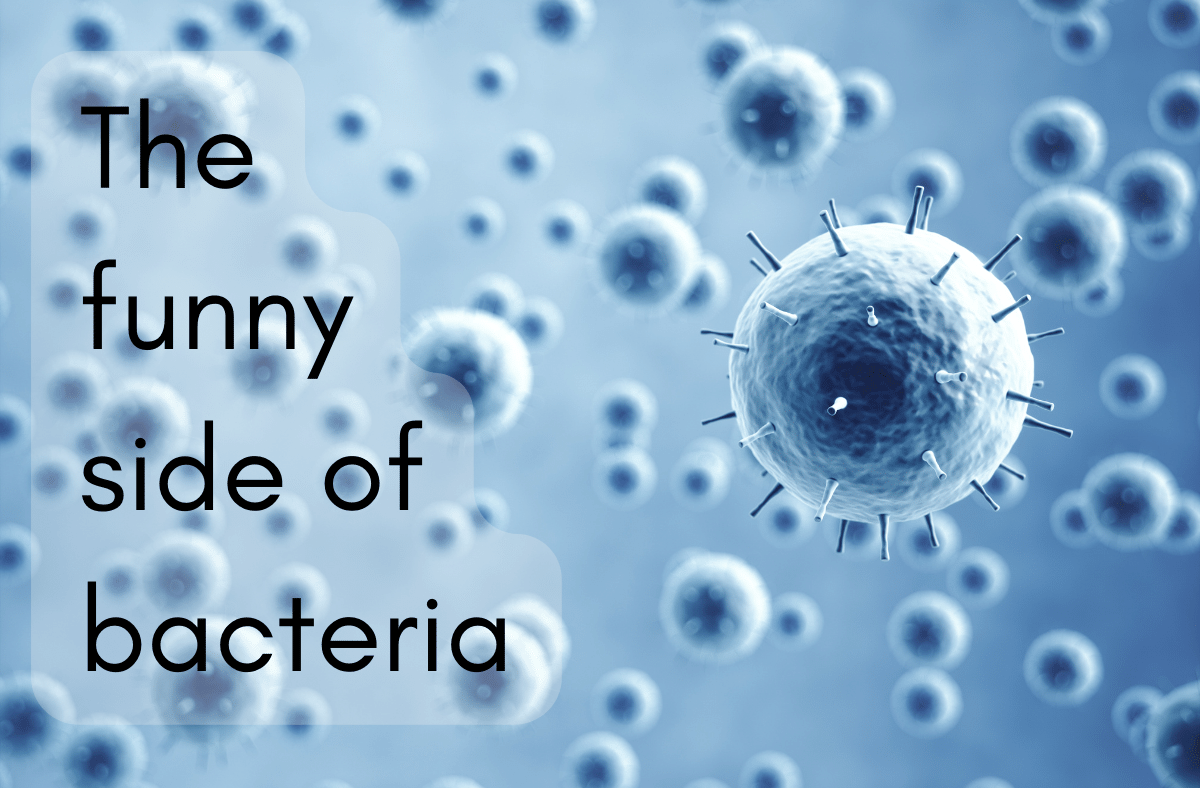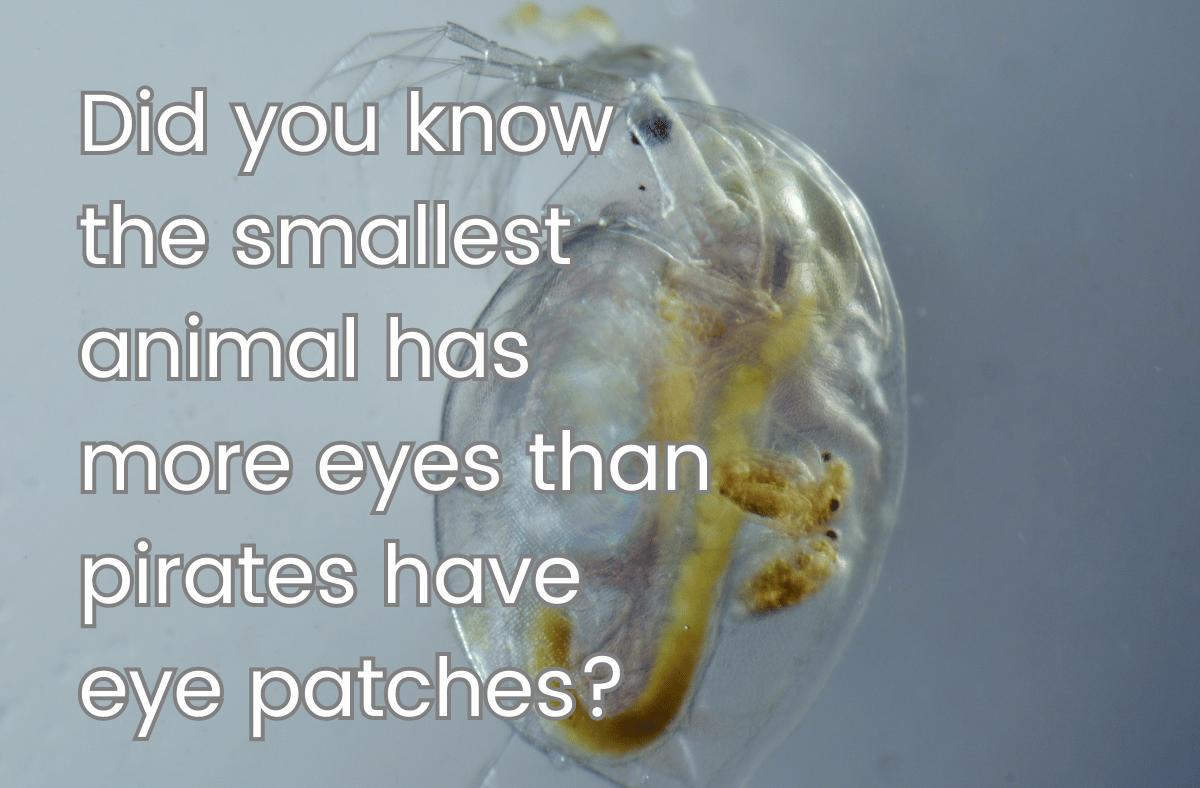For those in a hurry
- Some bacteria produce nitrous oxide, also known as laughing gas, when they break down nitrogen in the soil.
- Nitrous oxide is a greenhouse gas that can affect the climate and the ozone layer.
- Nitrous oxide can also make you feel euphoric and relaxed when inhaled, which is why it is used as an anesthetic and a recreational drug.
- Some bacteria can also reduce nitrous oxide to harmless nitrogen gas, which could help mitigate its environmental impact.
What is nitrous oxide and how do bacteria produce it?
Nitrous oxide (N2O) is a colorless, odorless gas that has two main effects: it is a potent greenhouse gas that contributes to global warming and ozone depletion, and it is a psychoactive substance that can induce laughter and other pleasant sensations when inhaled.
Nitrous oxide is naturally produced by some bacteria that live in the soil and water. These bacteria are involved in the nitrogen cycle, which is the process of converting different forms of nitrogen between the atmosphere, the biosphere, and the geosphere. Nitrogen is an essential element for life, but it has to be in a certain form to be usable by plants and animals. For example, atmospheric nitrogen (N2) is very stable and inert, so it has to be fixed into ammonium (NH4+) or nitrate (NO3-) by bacteria or lightning before it can be taken up by plants. Conversely, excess nitrogen from fertilizers or animal waste can be converted back to N2 or N2O by bacteria through a process called denitrification.
Denitrification is a stepwise reduction of nitrate to nitrite (NO2-), nitric oxide (NO), nitrous oxide (N2O), and finally dinitrogen (N2). Some bacteria can perform all these steps, while others can only do some of them. The production of N2O depends on the availability of oxygen, nitrate, and organic matter, as well as the type and activity of the bacteria. Generally, N2O production is higher in low-oxygen environments where nitrate is abundant and organic matter is scarce.
What are the effects of nitrous oxide on the environment and human health?
Nitrous oxide is one of the most important greenhouse gases, with a global warming potential 300 times higher than carbon dioxide. It accounts for about 6% of the total radiative forcing by greenhouse gases. It also reacts with ozone in the stratosphere, depleting the protective layer that shields us from harmful ultraviolet radiation.
Nitrous oxide can also affect human health when inhaled. It can cause euphoria, relaxation, pain relief, and laughter, which is why it is sometimes used as an anesthetic or a recreational drug. However, it can also have negative effects, such as nausea, dizziness, headache, confusion, and loss of consciousness. Moreover, prolonged exposure to high concentrations of nitrous oxide can damage the nervous system and impair vitamin B12 metabolism.
How can bacteria help reduce nitrous oxide emissions?
While some bacteria produce nitrous oxide, others can consume it and convert it to harmless nitrogen gas. These bacteria are called nitrous oxide reducers or N2O reducers. They have a special enzyme called nitrous oxide reductase that catalyzes the last step of denitrification. Nitrous oxide reductase is sensitive to oxygen, so N2O reducers are usually active in low-oxygen environments.
N2O reducers are widely distributed among different bacterial groups, such as Proteobacteria, Firmicutes, Bacteroidetes, and Actinobacteria. They can be found in various habitats, such as soils, sediments, wastewater treatment plants, biogas digesters, and animal rumens. They have different metabolic preferences and lifestyles, ranging from heterotrophic to autotrophic and from free-living to symbiotic.
N2O reducers have a potential role as biological sinks for nitrous oxide in the environment. They can reduce the amount of N2O that escapes to the atmosphere from natural or anthropogenic sources. They can also be used to mitigate N2O emissions from agricultural or industrial activities by inoculating soils or bioreactors with N2O reducers or by optimizing their growth conditions.






















